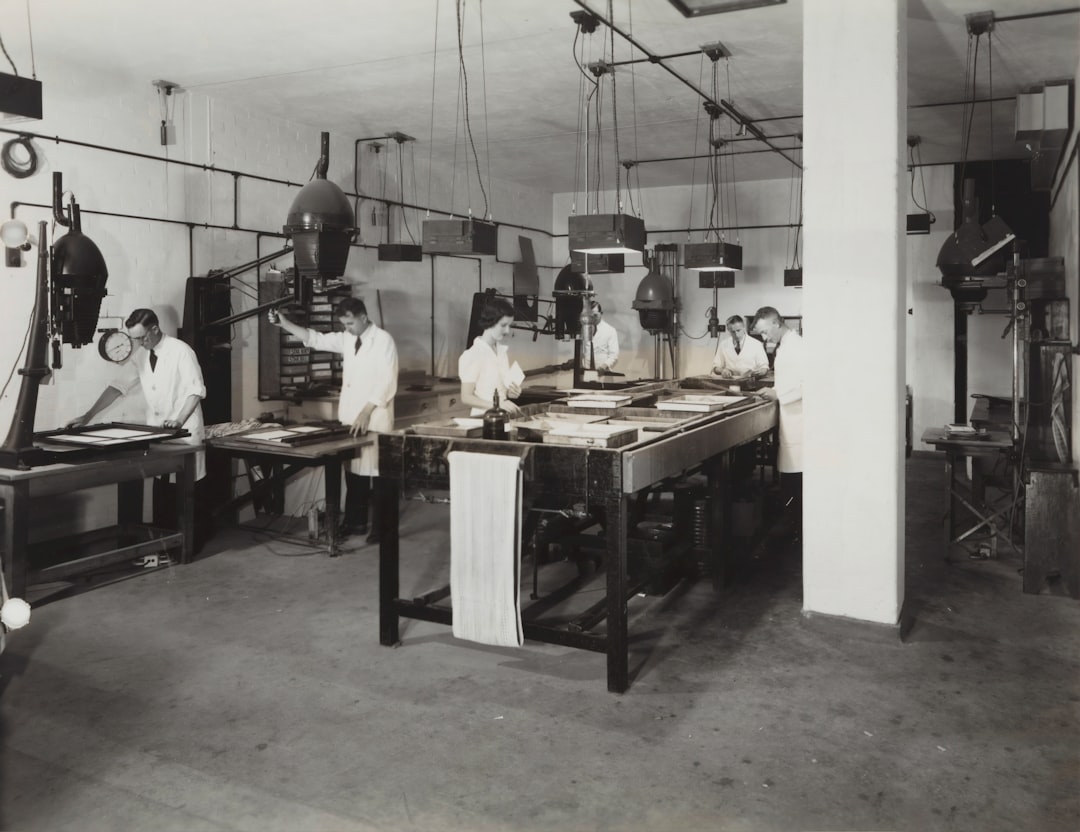body {
font-family: sans-serif;
line-height: 1.6;
}
h1, h2, h3 {
color: #333;
}
img {
max-width: 100%;
height: auto;
display: block;
margin: 1em auto;
}
Mechanical testing is crucial for ensuring the quality, safety, and performance of materials and components across various industries. From aerospace to automotive and biomedical engineering, understanding and effectively utilizing mechanical test devices is paramount. This comprehensive guide will delve into the intricacies of these devices, providing a clear understanding of their operation, application, and safety protocols.
Understanding Different Types of Mechanical Test Devices
Mechanical test devices are broadly categorized based on the type of mechanical stress they apply to a specimen. The most common types include:
- Tensile Testing Machines: These devices measure the tensile strength and elongation of a material by applying a uniaxial tensile load. They are essential for determining the material’s yield strength, ultimate tensile strength, and ductility. Different configurations exist, from universal testing machines capable of various tests to smaller, dedicated tensile testers.
- Compression Testing Machines: These machines apply compressive forces to materials to determine their compressive strength, modulus of elasticity in compression, and yield point under compression. Applications include testing concrete, ceramics, and other brittle materials.
- Fatigue Testing Machines: These are used to assess a material’s resistance to repeated cyclical loading. They apply cyclic stresses to the specimen until failure, providing crucial data for predicting the lifespan of components under dynamic conditions. Different waveforms (sinusoidal, trapezoidal, etc.) can be applied.
- Hardness Testers: These devices measure the resistance of a material to indentation. Common methods include Brinell, Rockwell, and Vickers hardness testing, each using a different indenter and force application method. Hardness testing is a quick and non-destructive method to assess material properties.
- Impact Testing Machines: These machines measure the material’s ability to absorb energy during impact. The most common type is the Charpy impact test, which measures the energy absorbed during a sudden blow. This is critical for assessing the toughness and fracture behavior of materials at different temperatures.
Safe Operation of Mechanical Test Devices
Safety is paramount when operating mechanical test devices. Improper use can lead to serious injury or damage to the equipment. Key safety precautions include:
- Proper Training: Operators must receive thorough training on the specific device they are using, including safety procedures and emergency protocols.
- Regular Inspections: Regular inspections of the equipment are crucial to ensure it is in good working order and free from any defects that could compromise safety.
- Personal Protective Equipment (PPE): Appropriate PPE, such as safety glasses, gloves, and hearing protection, should always be worn when operating these machines.
- Emergency Shut-off Procedures: Operators should be familiar with the location and operation of all emergency shut-off switches and procedures.
- Proper Specimen Preparation: Incorrectly prepared specimens can lead to inaccurate results and potentially hazardous situations. Adhering to standardized specimen preparation procedures is essential.
Data Acquisition and Analysis in Mechanical Testing
Modern mechanical test devices are often equipped with sophisticated data acquisition systems that record the load, displacement, strain, and other relevant parameters during the test. This data is then used to generate stress-strain curves and other graphs that reveal the material’s mechanical properties. Effective data analysis requires:
- Calibration: Regular calibration of the testing machine and its associated sensors is essential to ensure accurate and reliable results.
- Software Analysis: Specialized software packages are typically used to analyze the acquired data, generating reports and graphs that summarize the material’s mechanical behavior.
- Statistical Analysis: Statistical methods may be used to evaluate the variability of the test results and ensure the reliability of the data.
- Understanding Material Behavior: A strong understanding of material science principles is essential for interpreting the data accurately and drawing meaningful conclusions.
- Report Generation: Comprehensive reports should be generated, documenting the test procedure, results, and conclusions. These reports are often crucial for quality control and compliance purposes.
Troubleshooting Common Issues with Mechanical Test Devices
Even with proper maintenance and operation, mechanical test devices can occasionally experience issues. Common problems and troubleshooting steps include:
- Calibration Errors: Inaccurate results often point to calibration issues. Recalibration or replacement of faulty sensors may be necessary.
- Sensor Malfunctions: Faulty sensors can lead to erroneous data. Inspecting and replacing damaged sensors is crucial.
- Mechanical Failures: Wear and tear on mechanical components can affect the accuracy and reliability of the test. Regular maintenance and timely repairs are essential.
- Software Glitches: Software problems can disrupt data acquisition and analysis. Software updates and troubleshooting may be needed.
- Specimen Issues: Problems with specimen preparation, such as improper gripping or flaws in the specimen itself, can lead to inaccurate or unreliable results. Careful specimen preparation and inspection are critical.
Selecting the Right Mechanical Test Device for Your Needs
Choosing the appropriate mechanical test device depends on several factors, including the type of material being tested, the desired properties to be measured, the budget, and the testing environment. Consider the following aspects:
- Material Type: Different materials require different testing methods and equipment. For example, brittle materials may require compression testing, while ductile materials are often tested using tensile testing.
- Required Properties: Determine which mechanical properties need to be measured (e.g., tensile strength, yield strength, hardness, fatigue strength). The choice of device will depend on these requirements.
- Load Capacity: The device must have sufficient load capacity to handle the expected forces during testing.
- Accuracy and Precision: The accuracy and precision of the device are crucial for obtaining reliable results. Select a device with sufficient accuracy for your application.
- Budget and Space Constraints: Consider the cost of the device, as well as the space available for its installation and operation.
By understanding the various types of mechanical test devices, following safety procedures, mastering data analysis techniques, and troubleshooting effectively, engineers can ensure the reliable and accurate assessment of materials and components, contributing to the safety and performance of countless products.
Tags: mechanical testing, material testing, tensile testing, compression testing, fatigue testing




